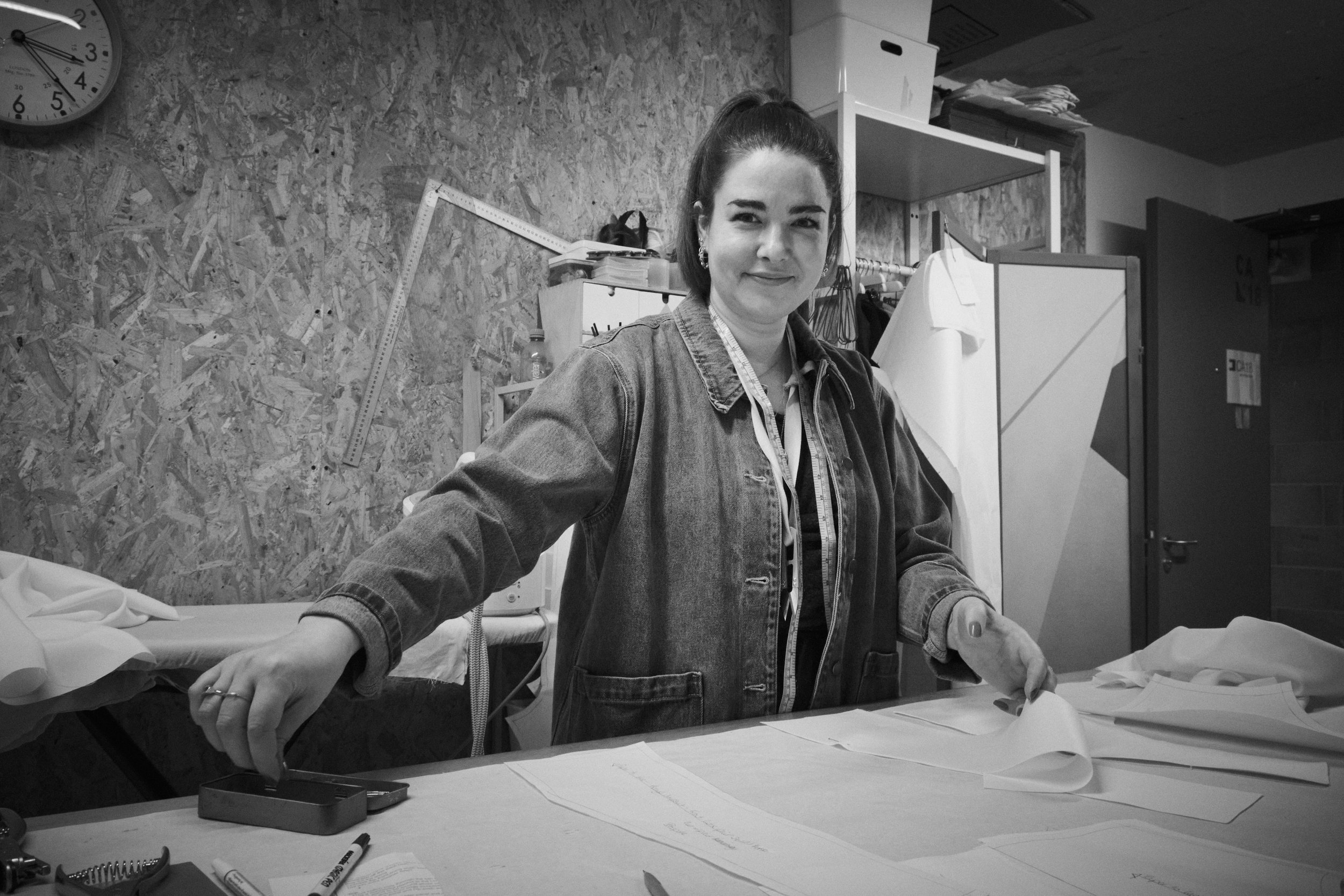Herbert Affordability Formula - HAF
The Crisis of Affordability in London’s Artists Studios
Herbert Affordability Formula
Having owned and operated artist studio spaces in London for over a decade, I’ve repeatedly encountered the same challenge in meetings with councils, developers, and sector peers: how do we define what’s genuinely “affordable” for artists and makers in London?
Too often, the question is pushed into the “too hard” box. London’s stark economic inequality across boroughs makes setting a city-wide affordability standard complex. As a result, policy tends to default to a percentage below market rate. But % affordability on London’s property market, a system which is widely recognised as being fundamentally broken is not serving the artists of London. The New Economic Foundation (NEF) has written extensively about the “financialisaton” of housing in London, where homes are treated as assets instead of places to live, stating “The housing market has become completely detached from the reality of people’s incomes.” The Greater London Authority GLA have acknowledged market failure, in various London Plans stating “the market alone will not deliver the homes London needs”. We need a new approach, and I call on all policy makers to integrate this formula into their planning urgently.
For some time, as LAASN (of which I am a founder) we have lobbied for bottom-up pricing - pricing that reflects what artists and makers can realistically pay. The Herbert Affordability Formula (HAF) defines affordability as a function of income and can be tailored to specific postcodes, making the formula applicable anywhere and everywhere.
HAF
Intentionally Uncomplicated
Y - Income
Considering the income data points:
- Average London income (high) £47,500 gross / £37,721 after tax - unobtainable for most artists and makers.
- Mid point London Incomes for ages 22 – 39 (Upper) £41,170 gross / £33,162 after tax
- London Living Wage (Mid) £27,007 gross / £22,966 after tax
- DACS reported national mean artist combined income (Low) £17,500 gross / £16,120 after tax (studio generated income and supplementary income)
% - Percentage
What percentage of income should be allocated to studio rent? In my view, this should never exceed 20%, and ideally be closer to 15%. Artists and makers must also cover production costs and materials which are increasingly costly.
𝛀 - Baseline Studio Size
Given longstanding demand and current availability observed in the sector, I recommend using a studio size 250 – 300 sq ft as this formula seeks to indicate an accessible and inclusive rate and 250 sq ft is a very comfortable studio for the sector occupancy of 1.2-1.4 individuals per studio. Currently the LAASN studio size average is 335 sq ft.
P - Price
The price is the all in end user price point, per square foot per annum. The price represents the point from which to work back from when establishing possible rents to agree between landlords and studio operators.
UPDATE 1st October 2025
HAF was shared June 2025, following valuable consultations with many interested parties the agreement has been for the HAF range to also include the National Living Wage to provide reference outside of London to define genuinely affordable price per square foot studio space. This is now included in the table immediately following this text:
NOTES: Used Gov PAYE tax calculator || ONS April 2024 Data || Based on 37 hour working week
For operators to achieve the above all-in pricing for end users, rent offered from landlords will need to be considerably below these prices for both rent and any service charges. Further consideration for purchase prices, policy and implementation is required. These ranges need to be reviewed regularly and kept alive to current economic factors.
Personal views of Nichole Herbert Wood 20th June 2025. Nichole is CEO and co-owner of Second Floor Studios & Arts.
For further reflections on the formula and its application contact: nichole@secondfloor.co.uk.
When referring to or using this formula please credit: Herbert Affordability Formula
“The Herbert Affordability Formula offers a clear and practical benchmark for what ‘affordable’ should mean in real terms for London’s artists. I believe it should become a vital tool for policy makers who want to support a thriving, equitable cultural sector by ensuring artist studios can remain within a City ecosystem.”
Fran Sanderson, CEO, Figurative
“It's also great to see that Nichole Herbert Wood, one our most active, informed and entrepreneurial advocates for affordable studio space has grasped the nettle that has been stinging us all for so long and come up with an innovative formula for defining what #affordable actually means in today's world for a London-based artist or creative.”
Mary-Alice. CEO, Creative United
"Visual artists in the UK earn an average of £17,500 a year, of which £12,500 comes from their practice. 84% of them experience unstable earnings. It is therefore vital that artists have access to truly affordable studios that reflect the economic reality of their working lives."
Christian Zimmermann. CEO, DACS
(Design and Artists Copyright Society)





